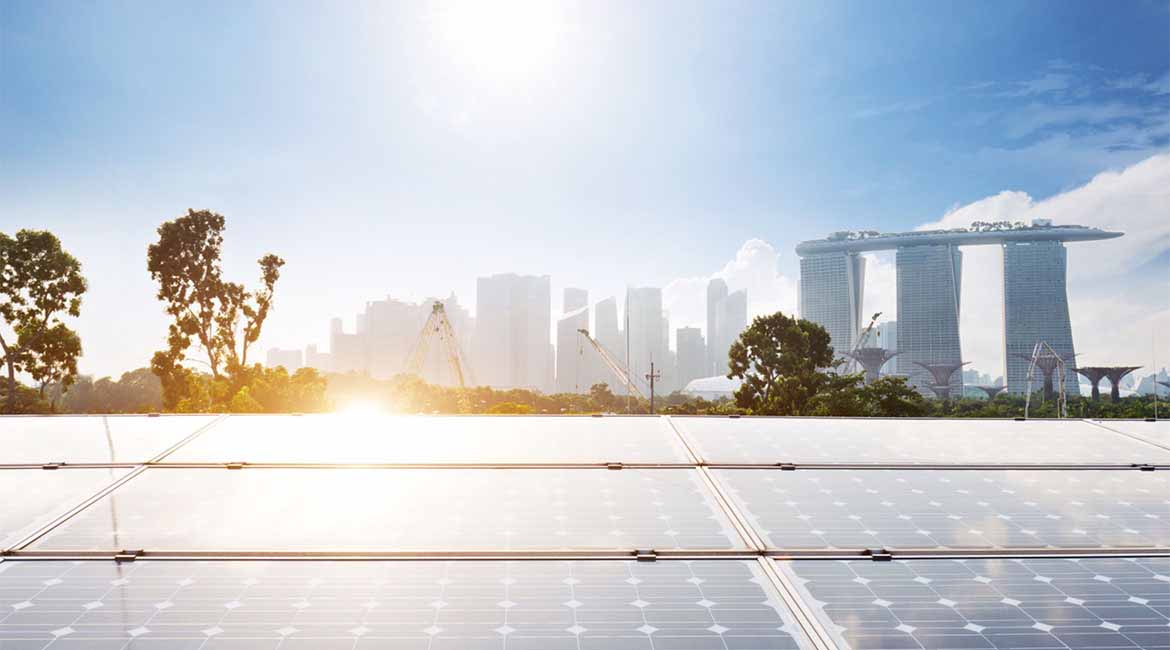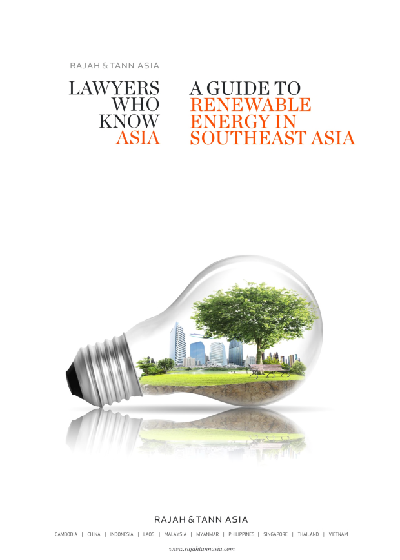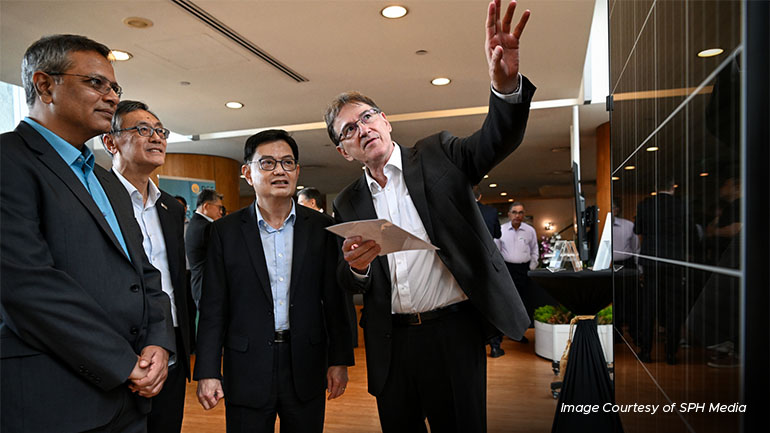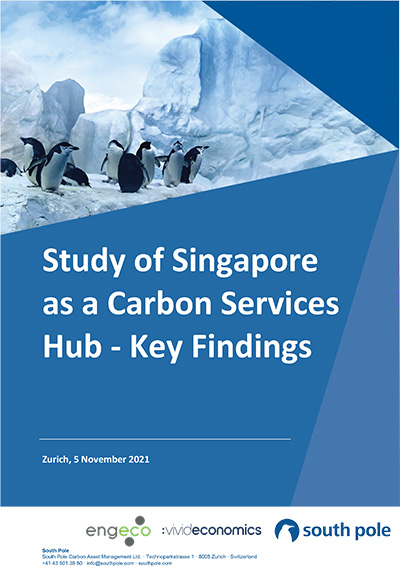A $77 million solar research lab was launched on Friday, aimed at boosting innovation and research for more efficient, cost-effective solar cell technologies for commercialisation.
The lab, jointly set up by the Solar Energy Research Institute of Singapore (Seris) and solar manufacturer REC Solar at the National University of Singapore (NUS), is looking to produce low-cost solar cells that have an efficiency of at least 30 per cent.
Deputy Prime Minister and Coordinating Minister for Economic Policies Heng Swee Keat, who was at the launch of REC@NUS Corporate Lab, noted that the current energy conversion efficiency of solar cells, which entails converting sunlight to electricity, is at most 25 per cent.
A solar panel is usually made of silicon and comprises solar or photovoltaic cells, with each panel containing 36 to 144 cells.
Raising the efficiency of solar panels will strengthen the business case for solar photovoltaics, and can help propel the broader adoption of solar energy, which is crucial for Singapore’s renewable energy push, said Mr Heng.
Under the Singapore Green Plan, the Republic is looking to deploy at least 2 gigawatt-peak of solar energy by 2030, which is equivalent to the annual electricity needs of around 350,000 households.










